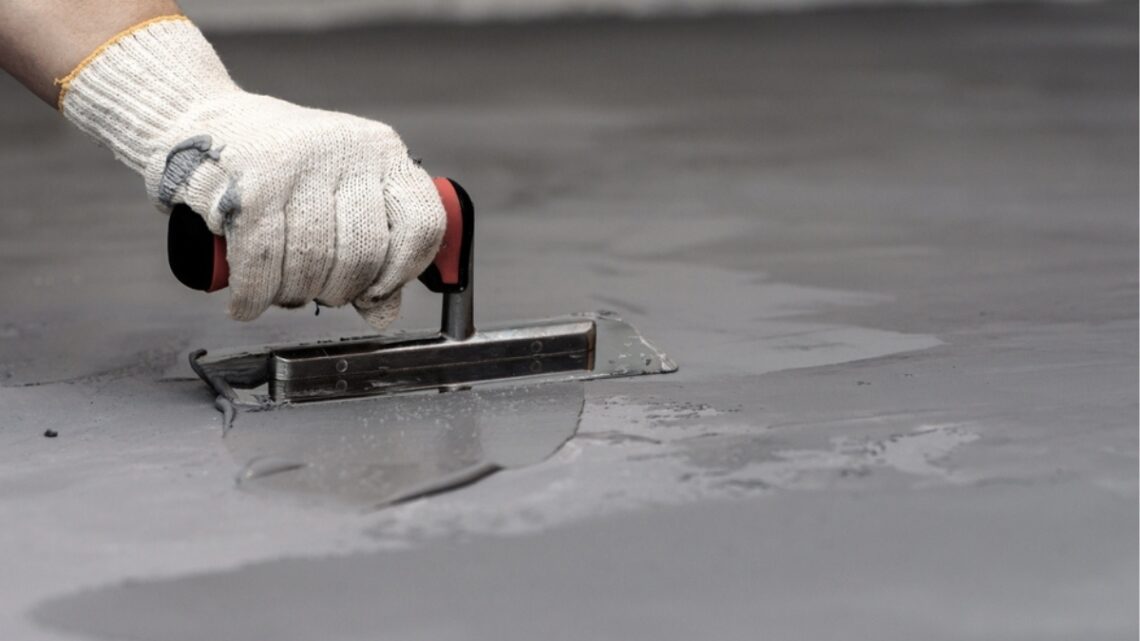The Benefits of Concrete Slab Floors
November 23, 2023Concrete slabs Melbourne floors can add both style and functionality to your home, providing an incredible foundation for various flooring options.
The thickness of a slab depends on its purpose for construction: residential and light commercial slabs typically run 4” thick while heavy commercial buildings may exceed this minimum thickness by six inches or more.
Comfort
Concrete floor slabs are an integral component of any building structure. They serve as an important connecting surface between walls, beams, columns, foundations, and foundations; support the structure; reduce stress; provide stability; support stress; and reduce cracking stress. If not supported properly by supporting systems in place, an improperly supported slab may cause significant damage to other parts of the building.
Concrete is a porous material, meaning that it absorbs moisture from both air and ground sources. Therefore, sealing its pores with caulking and installing a vapour barrier are both key steps in keeping moisture at bay; especially important in humid climate zones where concrete floors may become damp and vulnerable to mold growth.
Add comfort to your concrete by installing water-resistant flooring materials like tile. Not only is tile durable and stylish, it can help prevent moisture build-up in basements where it helps prevent condensation.
Durability
A concrete slab floor can withstand heavy loads without incurring damage and is an economical construction method, yet can crack over time due to factors like soil displacement, earthquakes or ground freezing. When selecting one for your property it is essential that your maintenance plans and vision for its upkeep are taken into consideration when selecting one of these floors.
There are various kinds of slab floors. The easiest option for small spans such as those found within homes or light commercial properties, this style typically makes economical use.
Precast plank systems with in-situ concrete topping are an alternative solution, typically used to support loadbearing walls and provide a flat soffit. They reduce masonry costs significantly while being easily reinforced to accommodate ducting for heating and air conditioning systems. Slab edge insulation may also help increase thermal comfort by keeping warmth from escaping through slab edges during renovations, while chemical termite deterrents may be placed along them to help provide extra protection from termites; though their use requires regular reapplication.
Maintenance
Concrete floor slabs are an increasingly popular flooring substrate in homes. Like all floors, they need to be protected from moisture and other outside influences and finished using various coatings and topings to achieve different visual effects – also making this an economical and low maintenance alternative to other materials such as hardwood or laminate floors.
Monitoring Relative Humidity readings is one of the most essential maintenance tasks, comparing these readings against manufacturer specifications for your finished floor system. If RH levels become excessively high, dehumidification or air movement systems may need to be utilized to bring them down.
Moisture problems are an ever-present danger when installing concrete floors, especially new construction. While the primary culprit is usually too much water mixed in with cement, other factors can also negatively influence drying and curing times – for instance laying in hot weather without using pumps to dewater, not including vapor retarders in its design, and failing to allow enough time for cure times to pass.
Cost
Concrete slab floors can be an economical choice for low-rise buildings. Not only are the construction costs lower, but their lifespan extends beyond replacement needs and is long lasting.
Polishing them further adds visual appeal and increases thermal efficiency, but requires regular buffing and reapplication to maintain sheen. Some resinous coatings may take up to 28 days to fully cure before installation is completed – further increasing costs.
Cost of concrete floors can rapidly escalate if they require special designs and extra decorative features, or when your builder must include extra reinforcement or have to work around expansive soils that need compaction and ground preparation services. It may also become more expensive if you install slab edge insulation to keep warm air from escaping; particularly with conventional slabs or waffle pod slabs.


